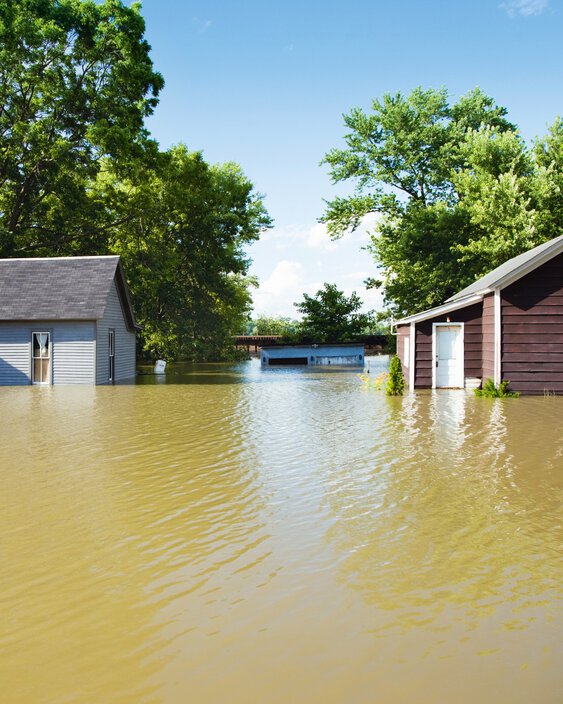
Climate-related disasters
Climate change has a pronounced effect on our environment with an increase in the potential for substantial property losses.
Loading ...
The evidence is unequivocal: the climate is warming globally.
As the Intergovernmental Panel on Climate Change (IPCC) made clear in its Assessment Report 2021, the past century has seen widespread increases in air and sea temperatures and sea levels, along with shrinking sea ice, glaciers, and snow cover. At the same time, weather patterns have become more extreme, with more intense and longer droughts, more extreme precipitation events over many land areas, and more hot days and heat waves.
According to NASA, scientific analyses can prove that the earth has warmed since 1880.
"The year 2015 was the first time the global average temperatures were 1°C or more above the 1880-1899 average. Even though the 2000s witnessed a solar output decline resulting in an unusually deep solar minimum in 2007-2009, surface temperatures continue to increase."
The resulting risks include more frequent and dangerous floods and storms, greater stress on water supplies, serious disruption of the energy supply, a decline in agricultural productivity and food security, and a further spread of water-related diseases, particularly in tropical areas. This in turn could lead to population displacement, migration, and potential conflicts.
The recent warming of the Earth's surface and the lower levels of atmosphere is a result of an enhanced greenhouse effect mostly due to man-made increases in atmospheric greenhouse gases, particularly CO2. Energy production and use are the biggest contributors to greenhouse gas emissions, and will remain so for years to come. The International Energy Agency's outlook forecasts a 30% increase in world primary energy demand until 2035 if cautious implementation of policy commitment and announced plans take place. More than 50% of the total energy increase will come from fossil fuels, with oil dominating the energy mix. Bringing global emissions to recommended levels will require significant reductions from developed countries and a slower rise in emissions from developing ones.
In view of more frequent and fierce wind, hail and flood events, (re)insurers have already changed their pricing models. The time frame of climate-related changes is yet not fully understood. So far, all forecasted changes took place faster than predicted. For the future it can be assumed that climate change will not only affect property business but will also have an impact on liability covers and possibly on life and health policies.
Consequently, understanding the long-term effects of climate change is key to adequate risk assessment. As climate-change related losses are increasing in both frequency and severity, it is crucial to question the reliability of the historical loss data and to adjust the models when necessary.
Several cases are already seeking damages from various defendants for alleged injury and nuisance arising out of greenhouse gas emissions and related climate change. The Insurance Information Institute analysed the risks resulting from climate change liability back in 2012:
"The potential increase in property losses may be relatively small in comparison to what could happen on the liability side. Liability suits could be filed based on legal concepts yet untested as well as existing ones tailored to 'sustainability' cases. Sustainability is broadly defined by the US Green Building Council as 'meeting the needs of the present generation without compromising the ability of future generations to meet their own needs.' Awards could be substantial because, by their very nature, activities that result in harm to the environment and future generations can impact large numbers of people. Even where lawsuits are not successful, and there is no court award against the defendants, insurers can incur substantial legal costs."
Affected companies and their (re)insurers should nevertheless take note of present political and administrative trends and developments in courts with an eye to revising their strategy should climate change liability further materialise in the future.